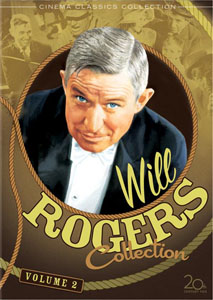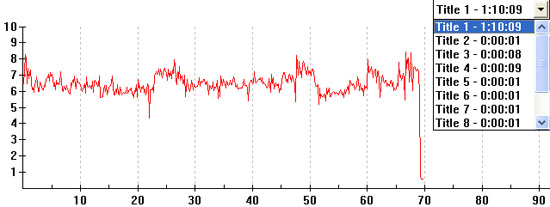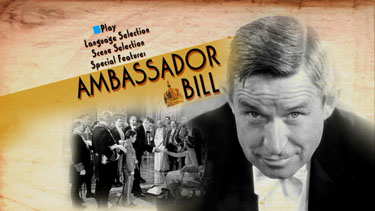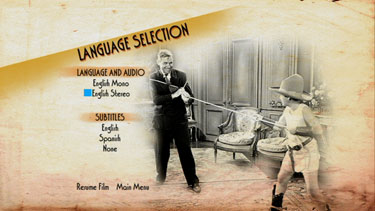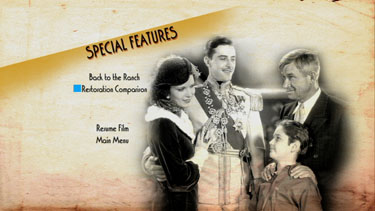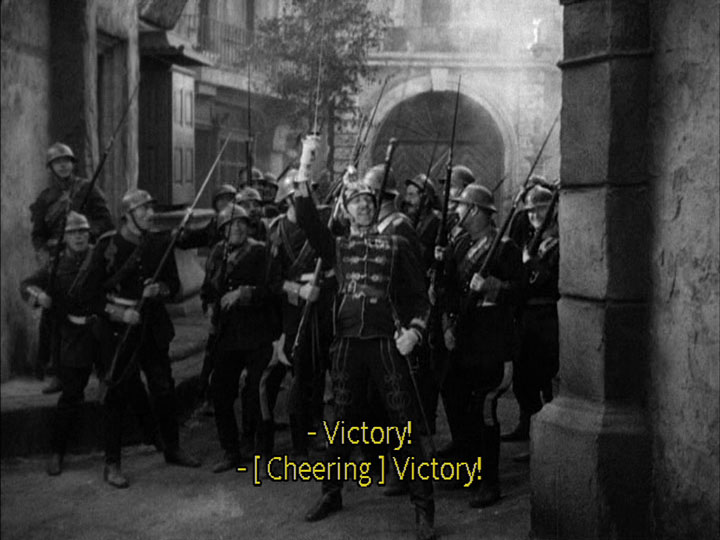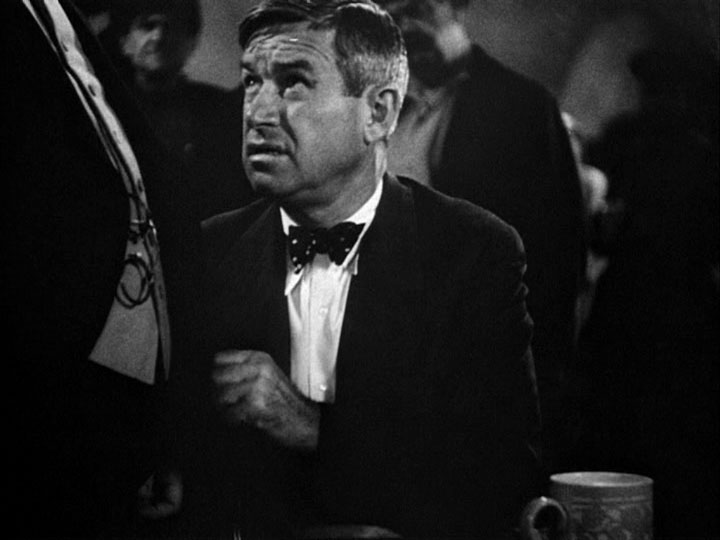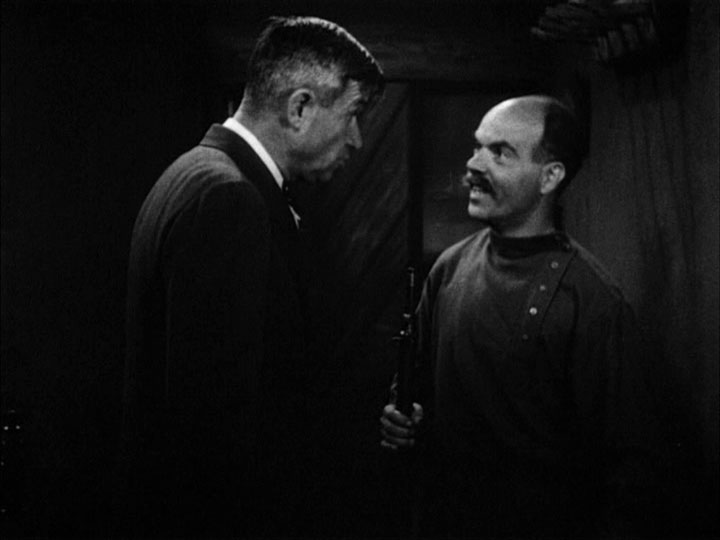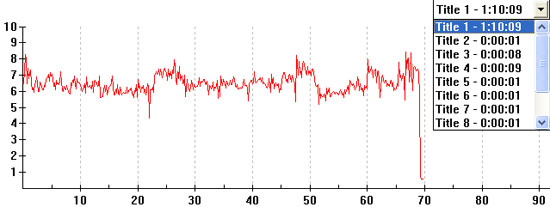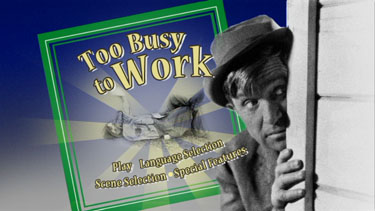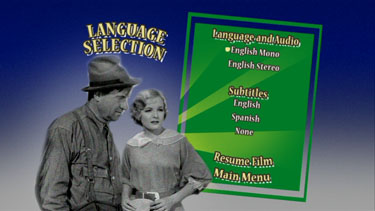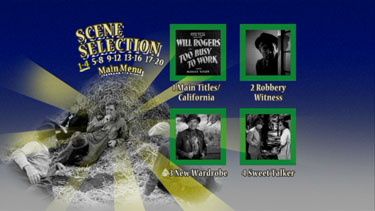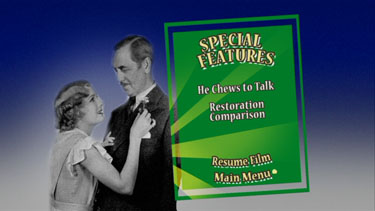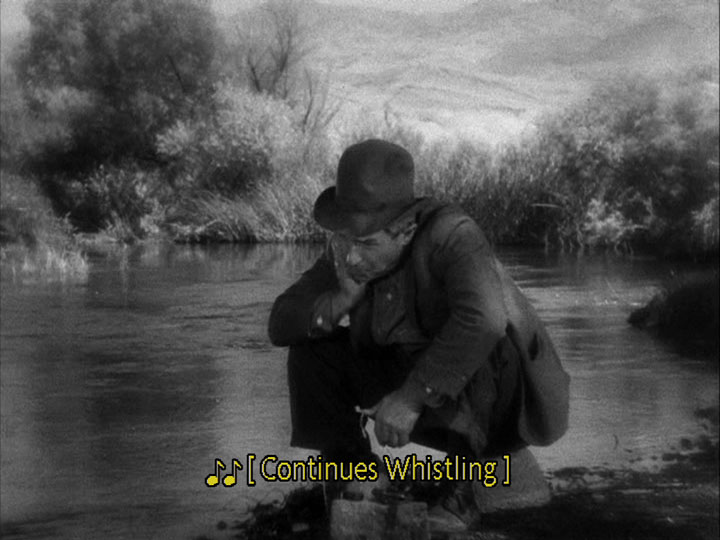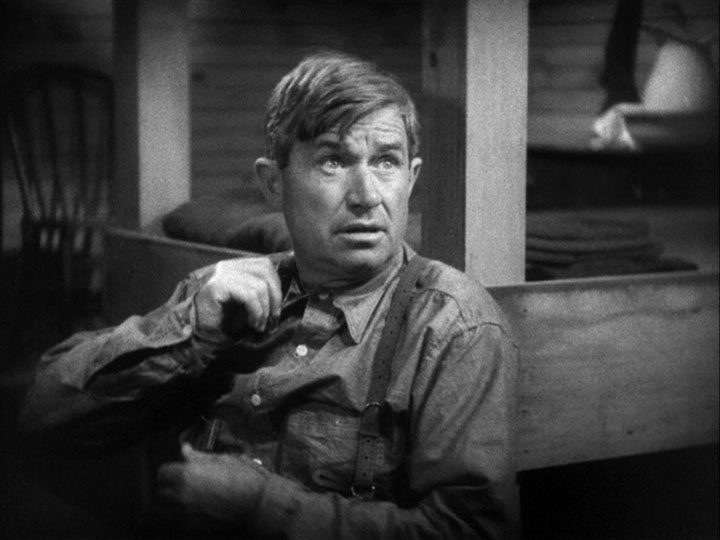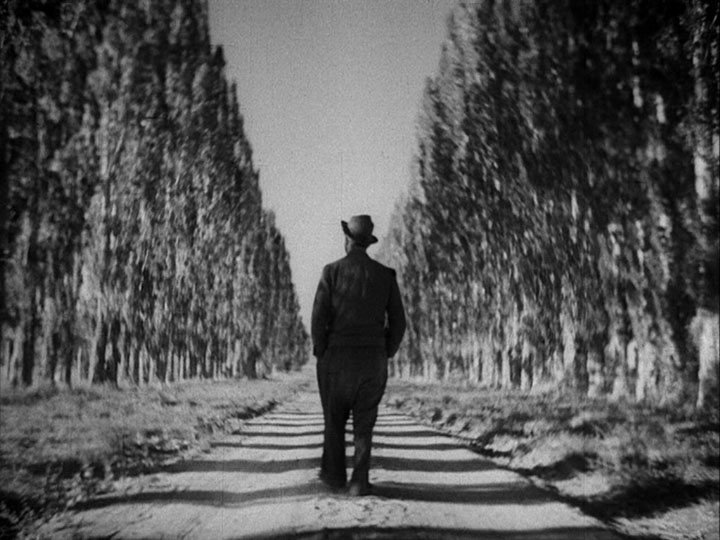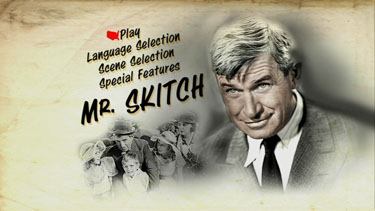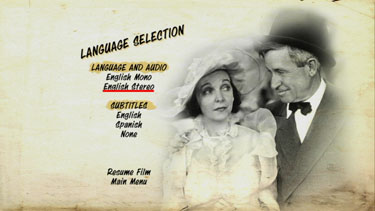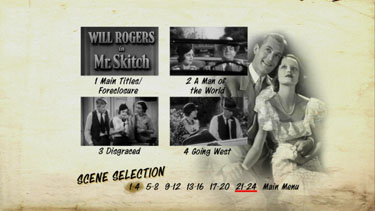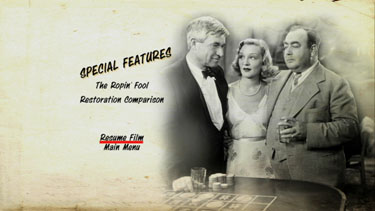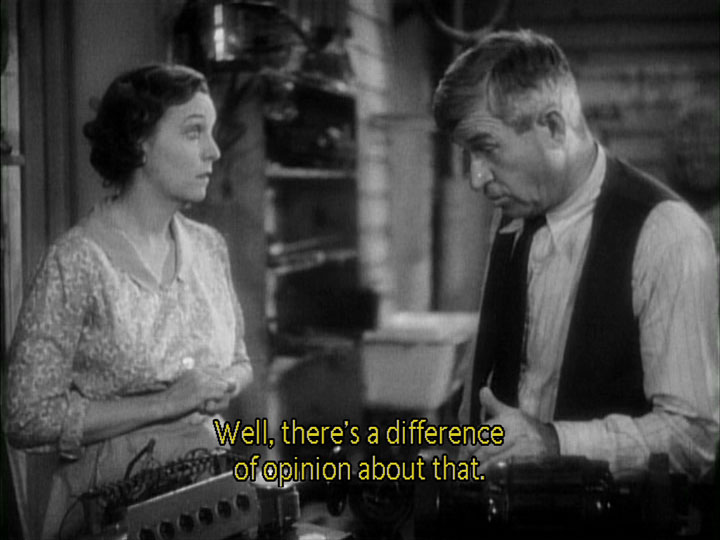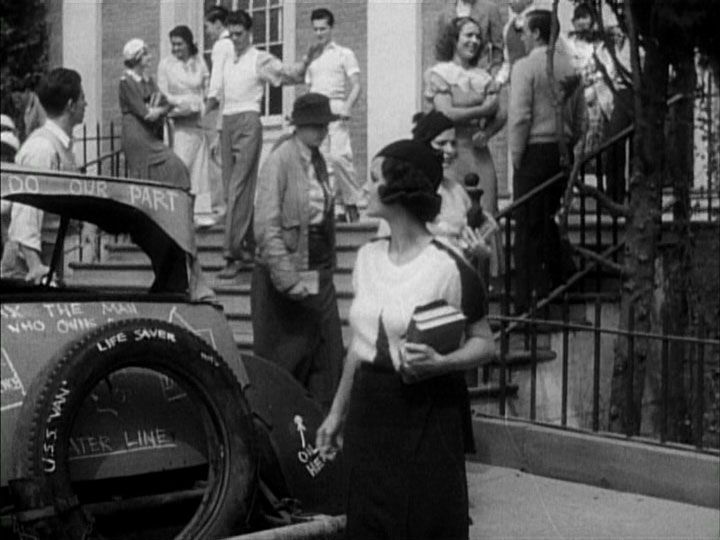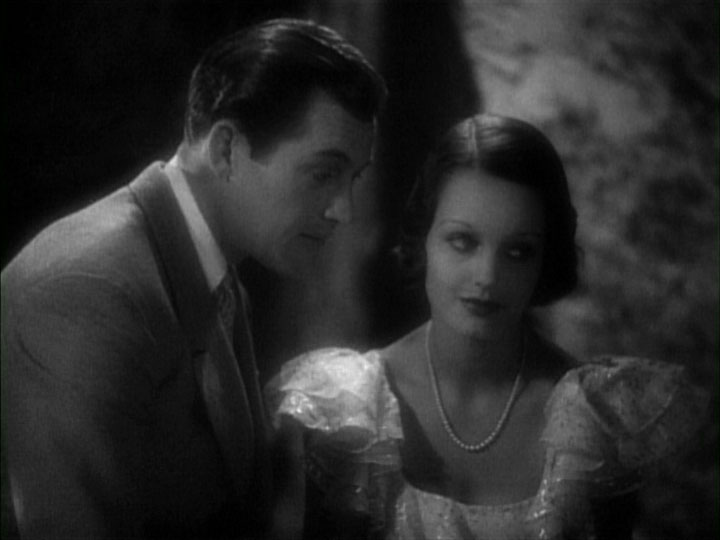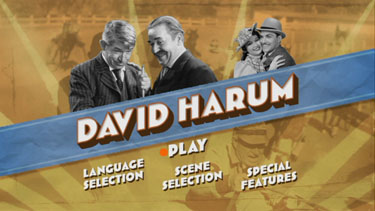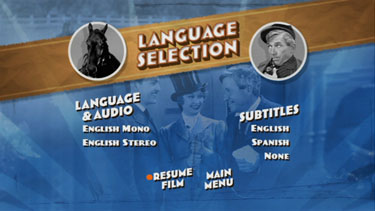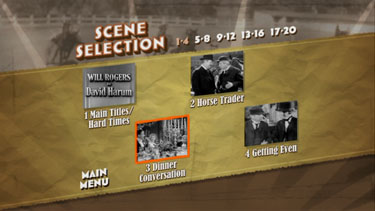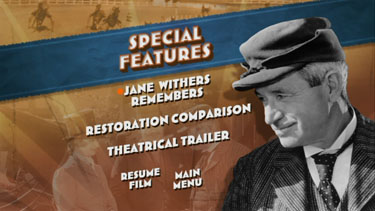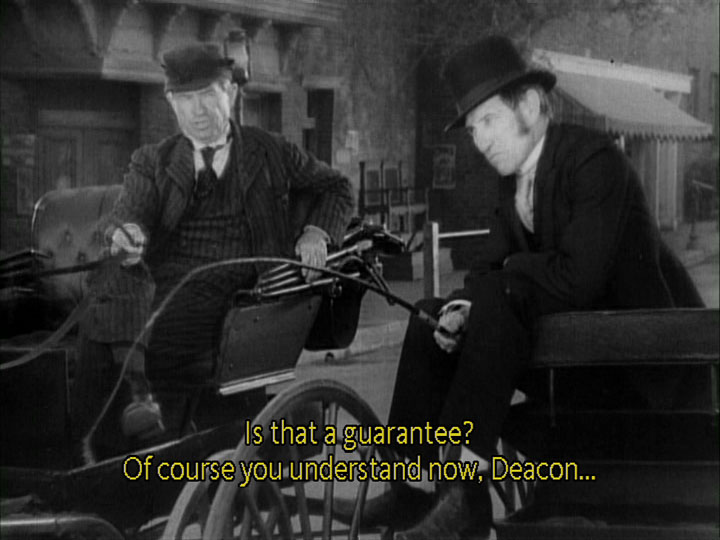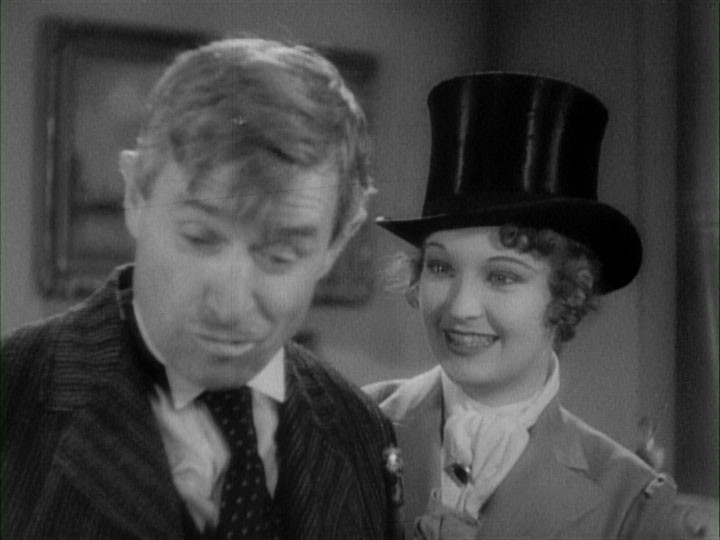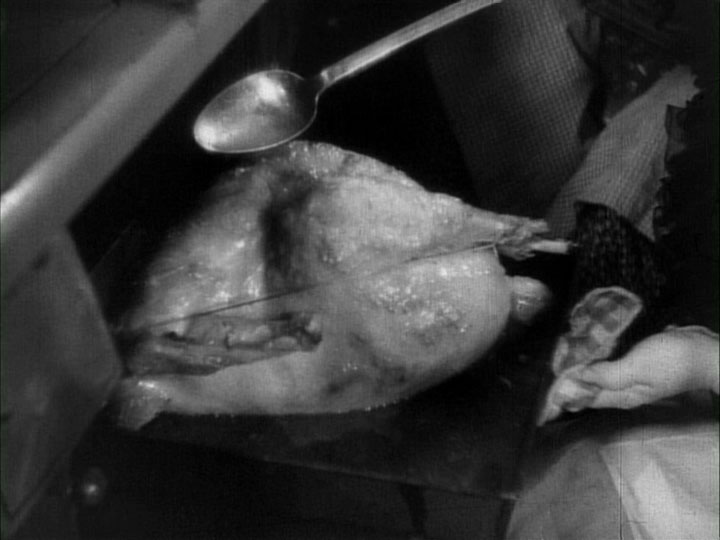![]()
![]()

![]()
![]()
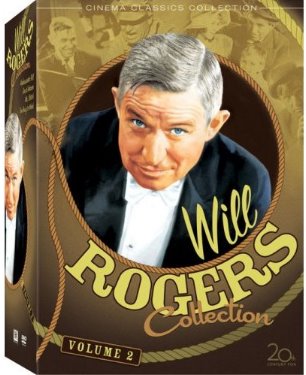 |
Ambassador Bill Too Busy to Work
Fox’s “Will Rogers: Volume 1,” which was released several months ago, is a collection that consists of Rogers’s final films leading up to his untimely death. Although these films--“In Old Kentucky” (1935), “Steamboat around the Bend” (1935), “Life after 40” (1935), and “Doubting Thomas” (1935)--contain instances of sexism, racism, and Rogers’s omni-present political jokes, there is a distinctively breezy atmosphere of light-heartedness and simple plotting. Unfortunately, in the recently released “Will Rogers Collection: Volume 2,” the political sensibilities are hardly taken idly when amidst serious socio-political discussions (“Ambassador Bill” [1931]). Consequently, Rogers’ comments could just as easily be mistaken for ignorance as they could be for humor. Since it was common for Rogers to improvise a portion of his lines, it’s very difficult to say whether the fault lies with the writers and directors or the star. At the time, Rogers was a reliable box office celebrity, which, in retrospect, may make said comments seem somewhat petty given his popularity with audiences. If anything, the inappropriate jokes are, at least, partially responsible for how poorly these films have aged.
The aforementioned issue is raised in the liner notes of the “Volume 2” collection where an anonymous writer addresses Rogers’s tendency to dismiss key problems of his depression-ridden era. Rogers’s seemingly naive perspective almost encourages one to criticize the inappropriateness of his jokes in such dire times. The author of the liner notes diffuses the arguments of critics such as Dwight Macdonald, who accused Rogers of insensitivity, by making note of Rogers’ sizeable charitable contributions. This author further maintains that the famous actor’s charity supports the idiom, “His actions speak louder than words.” It’s too bad that Rogers’s words appear brash and uninformed to modern audiences, and while I would never dismiss Rogers’s talent as an actor or a comedian, the occasional outspoken quip is more than enough to evoke discomfort and regret.
Perhaps the single most disappointing facet of the typical Will Rogers film is the blandness and uninspired nature of the direction. With the exception of John Ford and Henry King, Rogers rarely collaborated with any particularly gifted directors. Each was entirely capable of creating a reasonably entertaining film, but none were especially deft at challenging Rogers with layered or complex material. Even a director as talented as Ford, who was still honing his craft when he began his working relationship with Rogers, was never able to fully realize Rogers’s skill with a decent script, regardless of the respective cast. As unfortunate as it may sound, I would argue that Rogers never had the opportunity to star in a great film; he did, however, leave a memorable impression on those he with whom he worked and those familiar with his acting.
Of the actors who worked with Rogers, several of them eventually became noteworthy stars. Ray Milland, who played a conniving ex-tennis pro in Alfred Hitchcock’s “Dial M for Murder” (1954) and won a Best Actor Oscar as a chronic alcoholic in Billy Wilder’s “The Lost Weekend” (1945), has a role as King Lothar in “Ambassador Bill.” Dick Powell, famous for his work in the classic noir, “Murder, My Sweet” (1944) and Preston Sturges’ underappreciated comedy “Christmas in July” (1940), landed one of his very first roles as Dan Hardy in “Too Busy To Work” (1932). Neither actor is given an ample opportunity to showcase their talent in the aforementioned films, but I was amused by their supporting characters. As noted in the special feature “Jane Withers Remembers,” included as an extra on the disc of “David Harum,” Will Rogers was often one to offer advice and even encourage the director to enhance the roles of actors he appreciated. This claim would be consistent with the numerous other testimonials I’ve read in the past that support Rogers’s goodwill and kindness. With that said, it’s very possible that Milland and Powell may have learned several important lessons from their accomplished veteran co-star.
Two of Will Rogers’s finest films, “State Fair” (Henry King, 1933) and “Judge Priest” (John Ford, 1934), remain unreleased on DVD, but with any luck, they’ll be included in a possible “Volume 3” collection. It would be a shame if Fox’s admirable efforts were cut short before audiences had an opportunity to see the best of what Roger was capable of achieving.
![]()
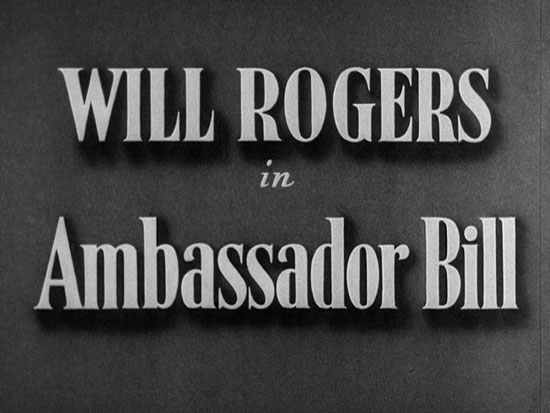
(aka "Dollar Bill" )
directed by Sam Taylor
USA 1931
It is Will Rogers's lot in "Ambassador Bill," the present pictorial attraction at the Roxy, to find himself a United States Ambassador to Sylvania, an imaginary nook in Europe, where bullets are constantly flying in weekly revolutions. This amusing contribution was penned by Guy Bolton and directed by Sam Taylor, who is rather hurried where he might give more time to his episodes and just the reverse with others that need little more than a flash. The humor here is rather more subdued than in Mr. Rogers's other vehicles, but it is a good sketch with funny lines and ludicrous situations.
Excerpt from the NY Times review Published: November 14, 1931
Theatrical Release: November 22nd, 1931
Reviews More Reviews DVD Reviews
DVD Review: 20th Century Fox - Region 1 - NTSC
Big thanks to Kurtis Beard for the Review!
| DVD Box Cover |
|
CLICK to order from: |
| Distribution |
20th Century Fox Region 1 - NTSC |
|
| Runtime | 1:10:08 | |
| Video |
1.33:1 Original Aspect Ratio |
|
|
NOTE: The Vertical axis represents the bits transferred per second. The Horizontal is the time in minutes. |
||
| Bitrate |
|
|
| Audio | Dolby Digital 2.0 (English), Dolby Digital 1.0 (English) | |
| Subtitles | English, Spanish | |
| Features |
Release Information: Studio: 20th Century Fox Aspect Ratio:
Edition Details: Chapters 16 |
|
| Comments: |
Video:
Menus/Packaging/Inserts: |
DVD Menus
|
|
|
|
|
|
Screen Captures
Subtitle
|
|
|
|
|
|
![]()
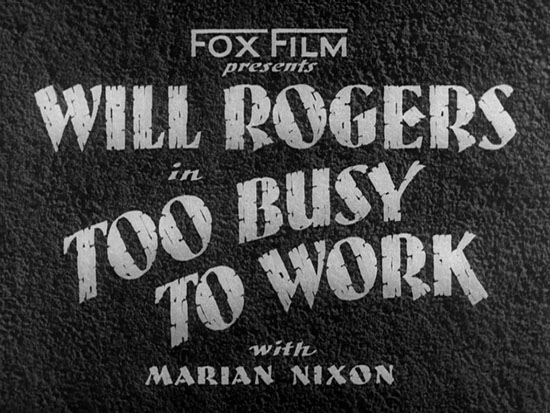
(aka "Jubilo" )
directed by John Blystone
USA 1932
In his latest picture, "Too Busy to Work," Will Rogers, who without a doubt is one of Hollywood's most industrious inhabitants, portrays a tramp with a decided distaste for even the simplest form of toil. What is more, this actor, writer, flier and polo enthusiast, actually gives an excellent impression of a lazy man, who, in a crafty fashion, succeeds, like Tom Sawyer, in getting another man to do the tasks allotted to him.
The film narrative is based on Ben Ames Williams's story, "Jubilo." It is a tale with a certain lethargic charm wherein Mr. Rogers impersonates Jubilo, who, although a sluggard, has a certain persistence and is always affable. In several scenes Mr. Rogers drawls out some of his characteristic comments and he really gives to the rôle an effective combination of humor and pathos.
Excerpt from the NY Times review Published: December 3, 1932
Theatrical Release: December 2nd, 1932
Reviews More Reviews DVD Reviews
DVD Review: 20th Century Fox - Region 1 - NTSC
Big thanks to Kurtis Beard for the Review!
| DVD Box Cover |
|
CLICK to order from: |
| Distribution |
20th Century Fox Region 1 - NTSC |
|
| Runtime | 1:17:12 | |
| Video |
1.33:1 Original Aspect Ratio |
|
|
NOTE: The Vertical axis represents the bits transferred per second. The Horizontal is the time in minutes. |
||
| Bitrate |
|
|
| Audio | Dolby Digital 2.0 (English), Dolby Digital 1.0 (English) | |
| Subtitles | English, Spanish | |
| Features |
Release Information: Studio: 20th Century Fox Aspect Ratio:
Edition Details: Chapters 20 |
|
DVD Menus
|
|
|
|
|
|
Screen Captures
Subtitle
|
|
|
|
|
|
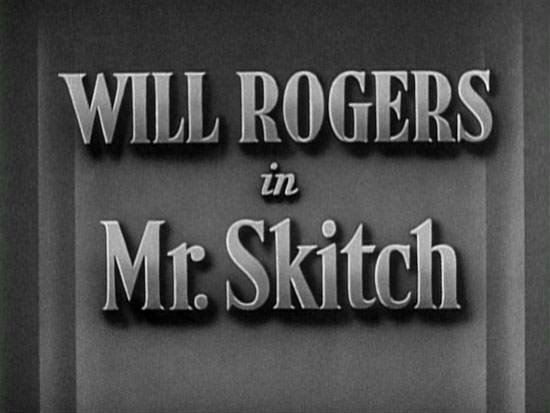
(aka "Green Dice" )
directed by James Cruze
USA 1933
Although Will Rogers's latest vehicle, "Mr. Skitch," which is now occupying the Roxy screen, is never particularly dramatic, it possesses that human quality that may make the spectator glad or sad, according to what happens to the likable but sometimes foolish Mr. Skitch (Mr. Rogers).
The film was directed by James Cruze, who is best remembered by his "Covered Wagon" and "The Pony Express." That veteran of the wisecracking subtitle, Ralph Spence, is partly responsible for the script, an adaptation of Ann Cameron's novel "Green Dice."
Mr. Skitch, his wife (played by the groaning but humorous Zasu Pitts), their three daughters and small son find they have to abandon their home, and so one has the opportunity of seeing this family's experiences en route from a Missouri town to California in an open car. There is Yellowstone Park, with flashes of the brown bears, Old Faithful and various other sights. The Grand Canyon also receives a good deal of attention, and likewise other inspiring wonders of nature. The romantic angle of the story is unimportant, but as it serves to show the effect it has upon Mr. Skitch, it helps the film. Emily Skitch, the oldest daughter in the family, has her disappointing love affair before she meets the worthy Harvey Denby, who happens to have a generous supply of currency.
Excerpt from the NY Times review Published: December 23, 1933
Theatrical Release: December 22nd, 1933
Reviews More Reviews DVD Reviews
DVD Review: 20th Century Fox - Region 1 - NTSC
Big thanks to Kurtis Beard for the Review!
| DVD Box Cover |
|
CLICK to order from: |
| Distribution |
20th Century Fox Region 1 - NTSC |
|
| Runtime | 1:06:35 | |
| Video |
1.33:1 Original Aspect Ratio |
|
|
NOTE: The Vertical axis represents the bits transferred per second. The Horizontal is the time in minutes. |
||
| Bitrate |
|
|
| Audio | Dolby Digital 2.0 (English), Dolby Digital 1.0 (English) | |
| Subtitles | English, Spanish | |
| Features |
Release Information: Studio: 20th Century Fox Aspect Ratio:
Edition Details: Chapters 24 |
|
DVD Menus
|
|
|
|
|
|
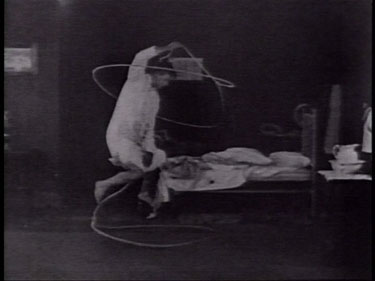 |
|
Screen Captures
Subtitle
|
|
|
|
|
|
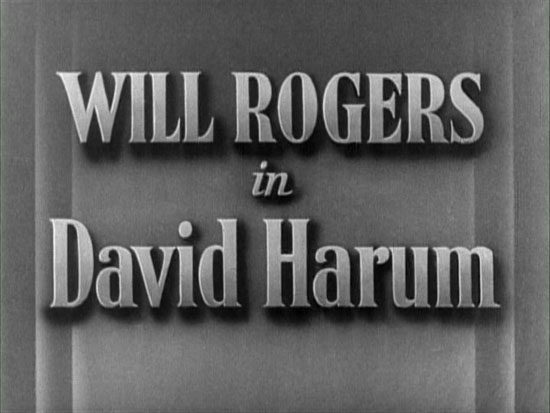
directed by James Cruze
USA 1934
Will Rogers has an extraordinary facility for getting under the skin of the characters he plays without make-up or actually submerging his own personality. As the Connecticut Yankee, he looked as though he had stepped out of Mark Twain's book, and he was precisely the man for Bill Jones in "Lightnin'." Now he is to be seen at the Radio City Music Hall as the leading light in that genial old favorite, "David Harum," and one thinks of the former cowpuncher, not as Will Rogers, but most decidedly as David Harum.
Even though the film occasionally overemphasizes the natures of some of the persons involved, Mr. Rogers gives to his part exactly what is wanted. How David delights in outwitting the Deacon after that gloomy visaged individual has sold him a blind horse! David and the Deacon make their trades or bargains, whittling away on pieces of wood or tossing rings over knives so that they don't have to look each other in the eye.
"David Harum" is another of those welcome, refreshing pictures, which, judging by the constant outbursts of laughter, was enjoyed greatly by an audience at its first exhibition. It may seem rather forced when Ann Madison, acted by the personable Evelyn Venable, sets her cap so steadfastly at John Lennox (Kent Taylor), but it often results in a pleasant bit of comedy.
Excerpt from the NY Times review Published: March 2nd, 1934
Posters
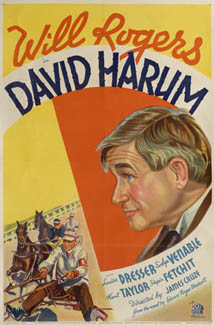 |
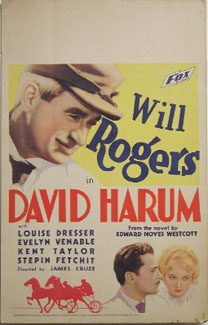 |
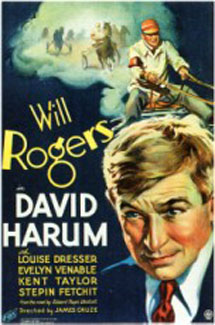 |
Theatrical Release: March 2nd, 1934
Reviews More Reviews DVD Reviews
DVD Review: 20th Century Fox - Region 1 - NTSC
Big thanks to Kurtis Beard for the Review!
| DVD Box Cover |
|
CLICK to order from: |
| Distribution |
20th Century Fox Region 1 - NTSC |
|
| Runtime | 1:24:11 | |
| Video |
1.33:1 Original Aspect Ratio |
|
|
NOTE: The Vertical axis represents the bits transferred per second. The Horizontal is the time in minutes. |
||
| Bitrate |
|
|
| Audio | Dolby Digital 2.0 (English), Dolby Digital 1.0 (English) | |
| Subtitles | English, Spanish, none | |
| Features |
Release Information: Studio: 20th Century Fox Aspect Ratio:
Edition Details: Chapters 20 |
|
DVD Menus
|
|
|
|
|
|
Screen Captures
Subtitle
|
|
|
|
|
|
![]()
![]()

![]()
![]()
